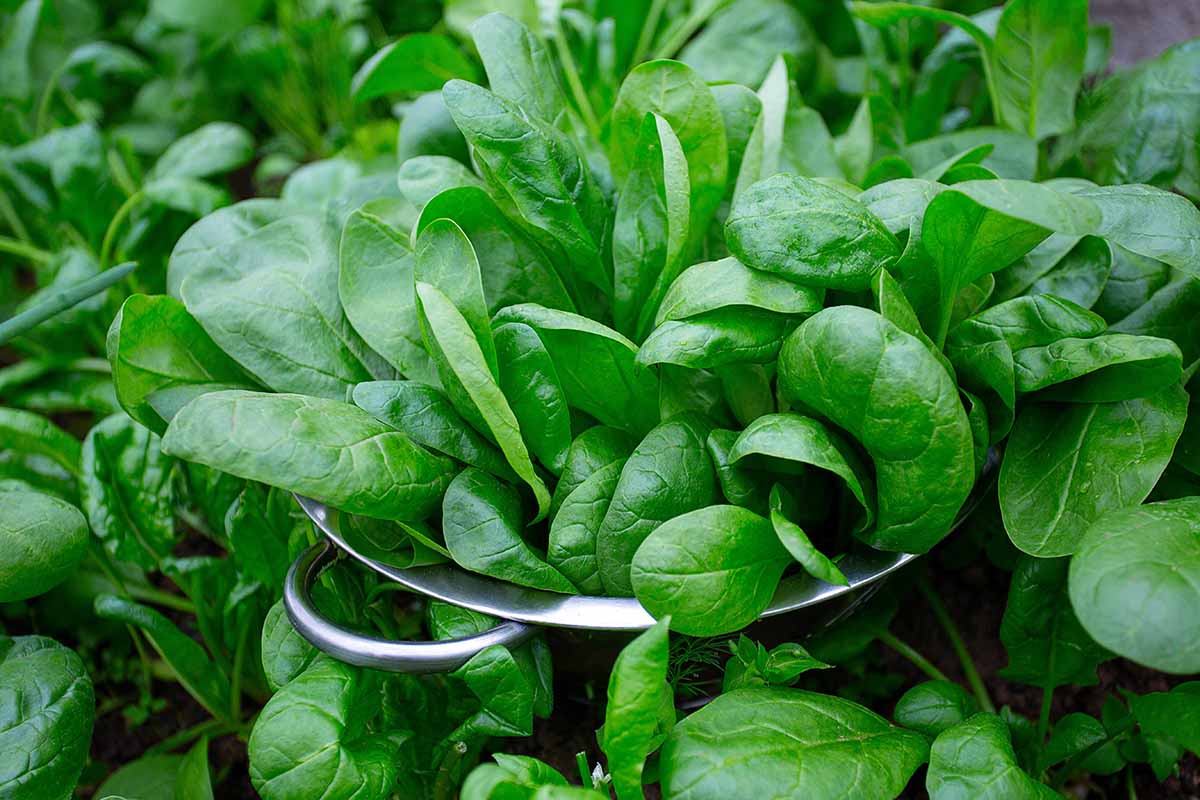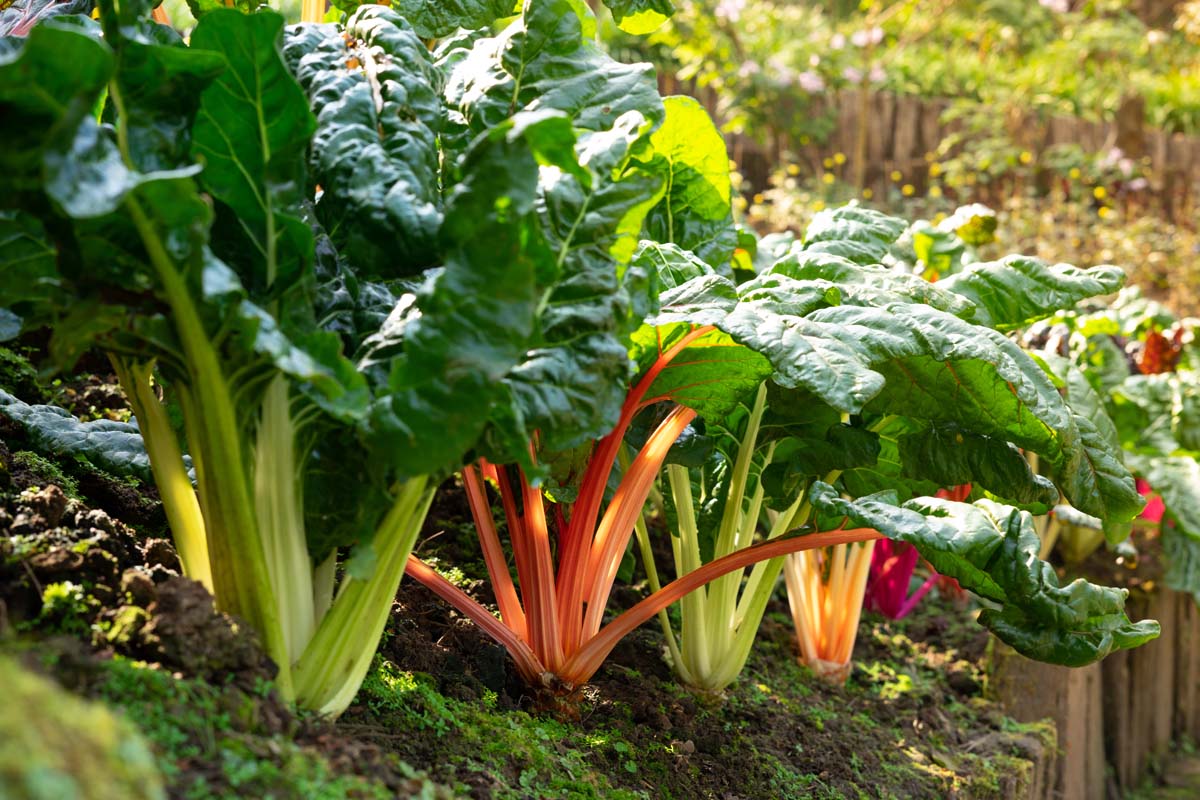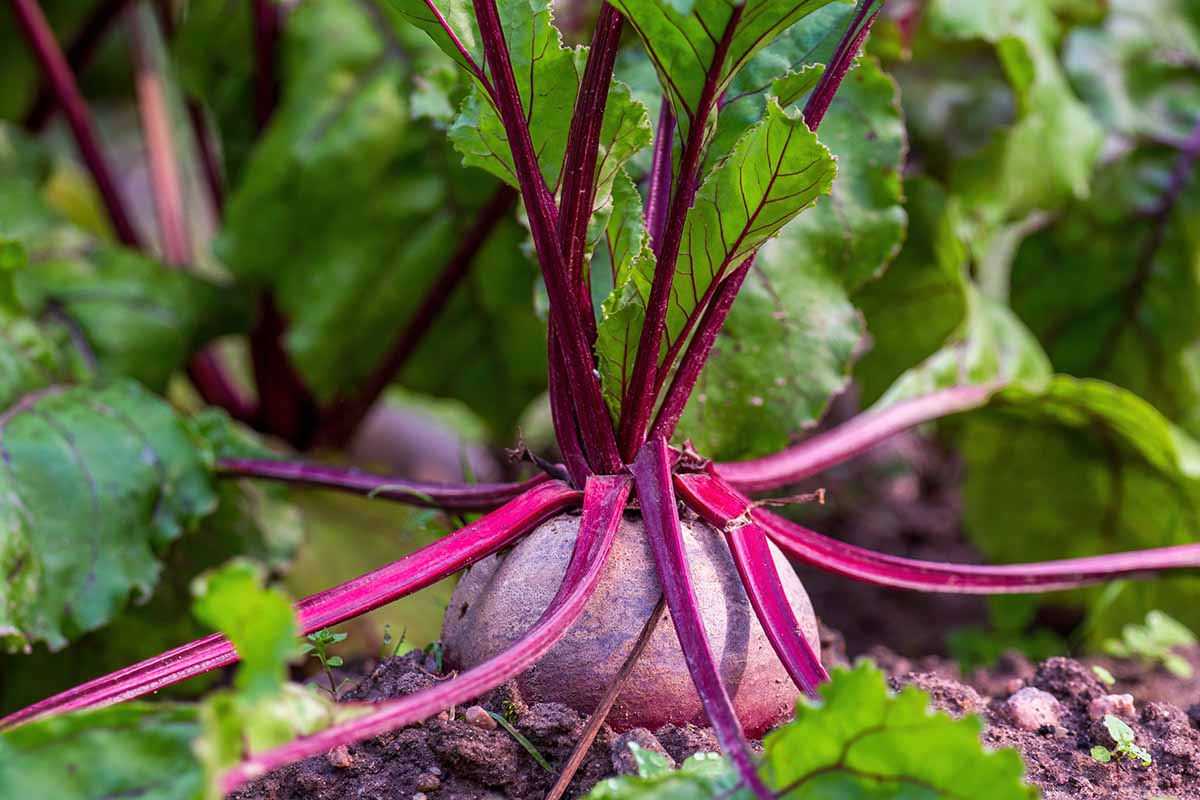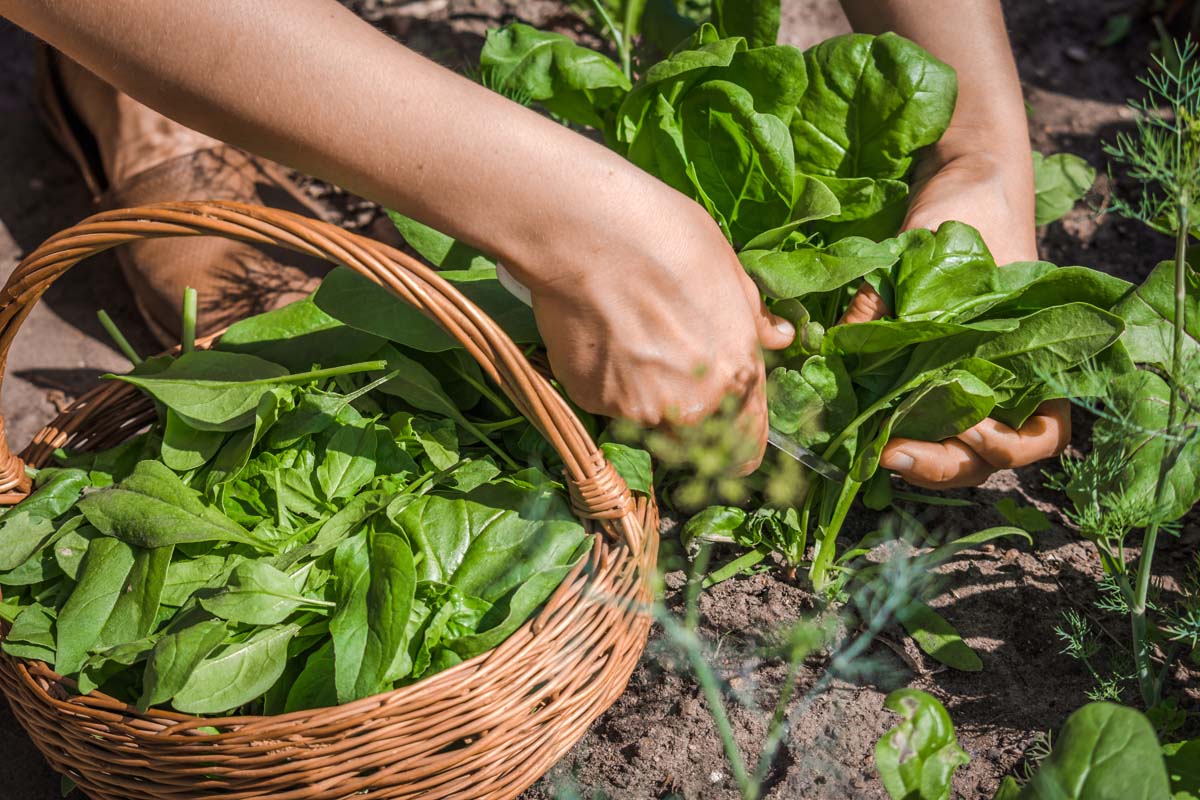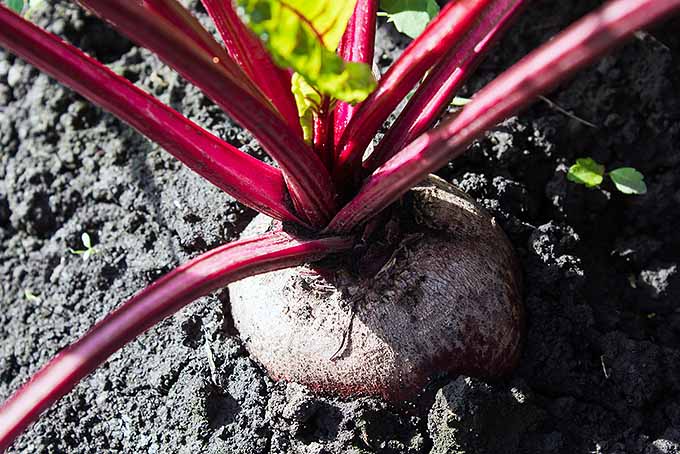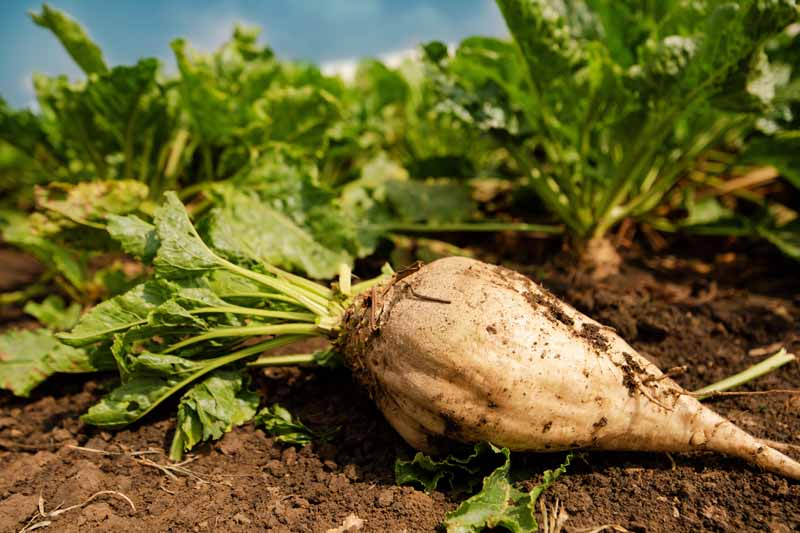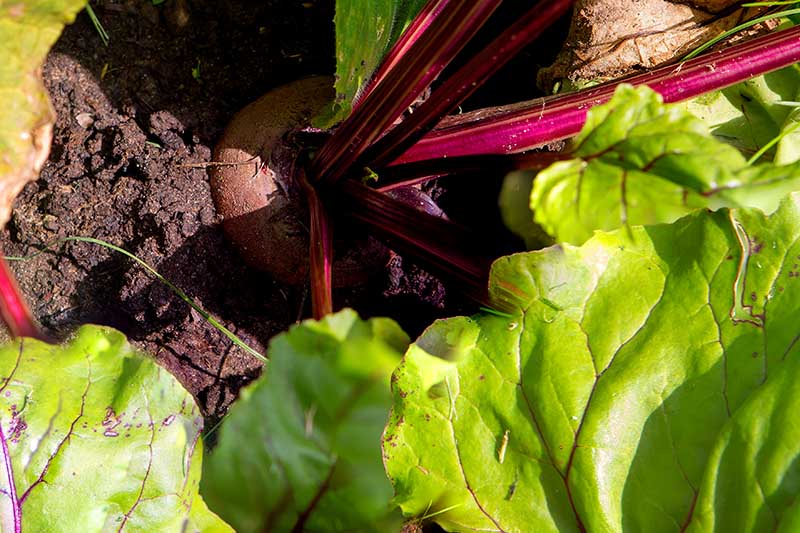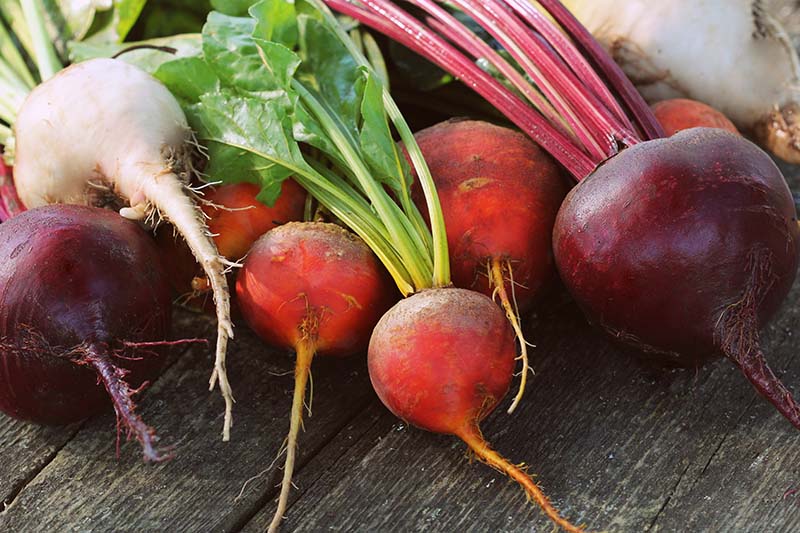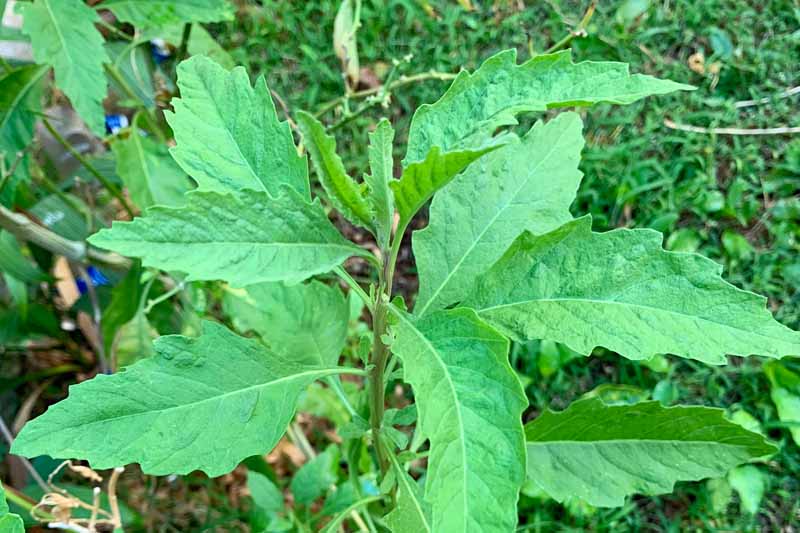How to Prevent Beet Plants from Bolting
Under stressful conditions such as too much heat or lack of moisture, many garden vegetables will bolt, or send out flowers to complete their lifecycle prematurely. This can cause the roots to become woody and tough, and the leaves to turn bitter. Learn more about bolting in beets and how to prevent it in this guide.

